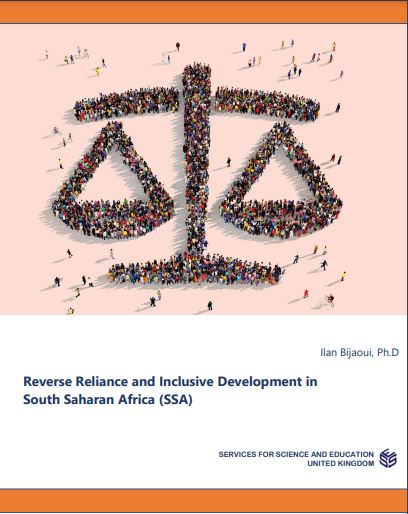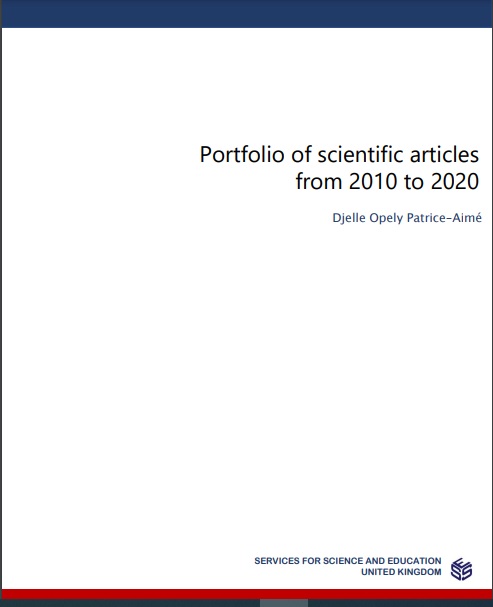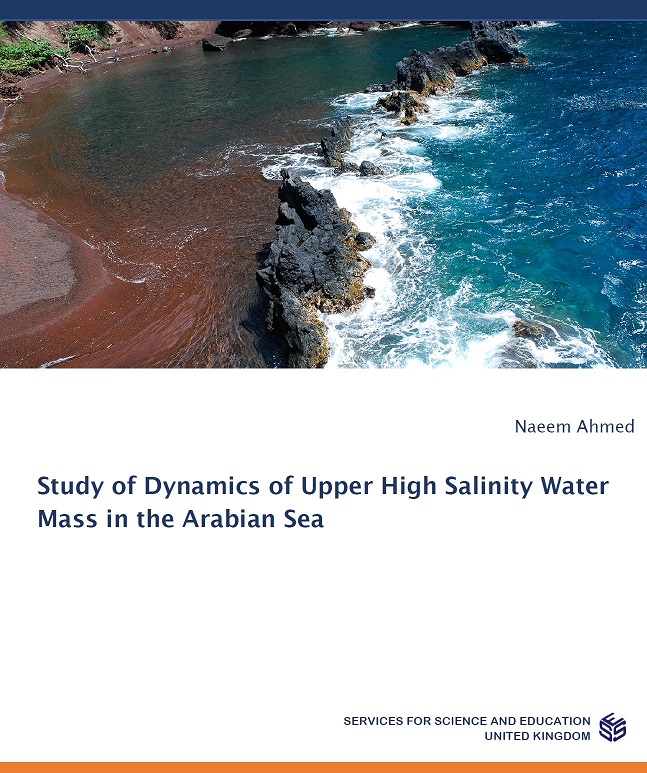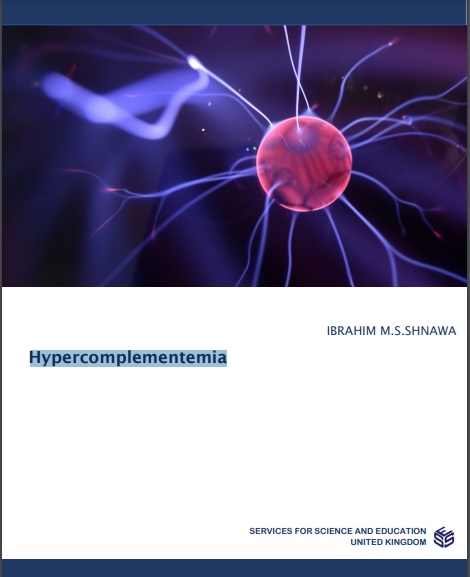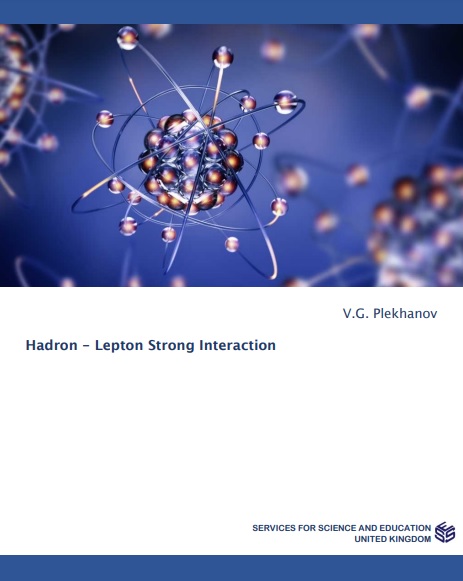Interaction is a mutual action that cannot be separated from the characteristics of the objects participating in the process. Interaction is a process that is characterized by a simultaneous mutual change in the characteristics of interacting material objects (in our case, atoms). These material objects (atoms) act on each other with different intensity, obeying certain laws, and reproduce new structures with high accuracy. Chemical bonding is a consequence of interatomic interactions. Interatomic interactions are accompanied by thermal effects and changes in the volumes of interacting objects. Reproductive structures indicate the existence of constitutional characteristics of interacting objects. One of these characteristics is the weight concentrated in nucleons, and the second is the volume formed by the electron clouds around the nucleons. During chemical interactions, the mass concentrated in nucleons remains unchanged, and the resulting volume changes, decreasing (most often) or increasing. By the relative change in volume, as well as by thermal effects, one can judge the intensity of the interaction. Changes in the structure without changing the chemical composition occurs due to changes in the vibrations of structural units and the dissipation of energy contained in the original system into the environment [1]. With an increase in temperature (an increase in energy content), the structures dissipate. With a decrease in temperature (decrease in energy content), energy dissipation occurs. Having a crystalline system with large crystals of only one phase, without changing the chemical composition, methods of pressure, forging, laser treatment can bring the system into a state with crushed and even amorphous parts [2]. The result is a system with a high stored energy content and a dissipated structure. The fundamental characteristic of a simple substance is the molar volume, which is the ratio of the molar mass of a substance (M g/mole) to its density (d g/cm3 ) Vm=M/d (cm3 /mole) [3]. Even Lothar Meyer [4] presented a graphical dependence of atomic volumes on the mass of an atom, which was successfully illustrated by the periodic law of D.I. Mendeleev. Density is a complex characteristic, representing the ratio of one unchanged constitutional quantity (mass) to another constitutional quantity (volume), which changes depending on the environment by other atoms [5, 6].
